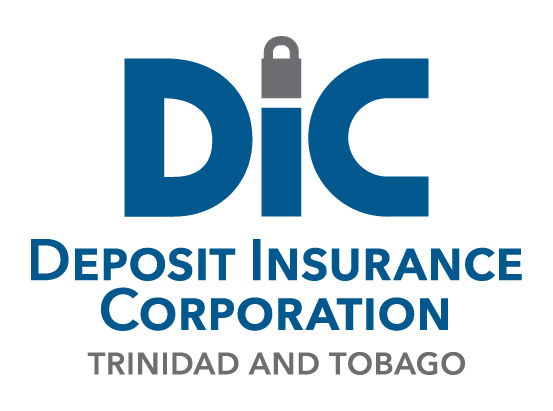Yes. Certain cash liabilities in respect of which an institution is primarily liable, such as cashier’s cheques, money orders and drafts, are treated in the same manner as a deposit and added to any other deposits held in the same right and capacity by the claimant, and insured in the aggregate to a maximum of TT$200,000.
Frequently Asked Questions
- What happens to those depositors whose accounts are subject to further examination?
- What methods of payment may the DIC use in meeting its obligations to the depositors of a failed institution?
- How is a depositor notified that an institution in which he or she has a deposit, has been ordered to be closed?
- Is the depositor required to produce proof of ownership to the DIC or to the transferee institution?
Did You Know?
- Misconception: Establishing more than one joint account in the same institution with the same names increases insurance coverage. - Fact: All joint accounts with the same names, notwithstanding alterations to the sequence of names, are added together and insured up to a maximum of TT$200,000.




